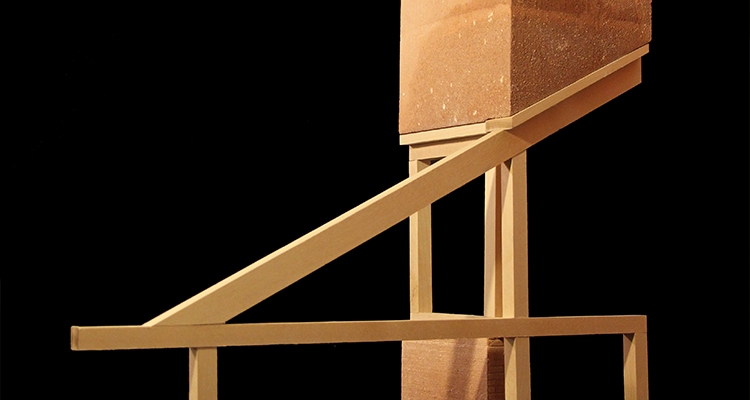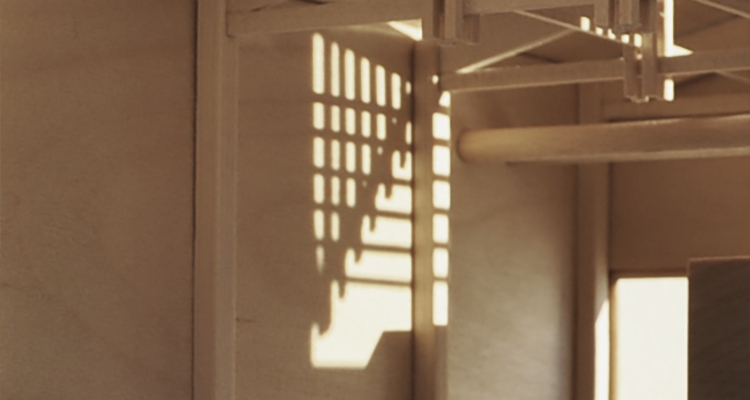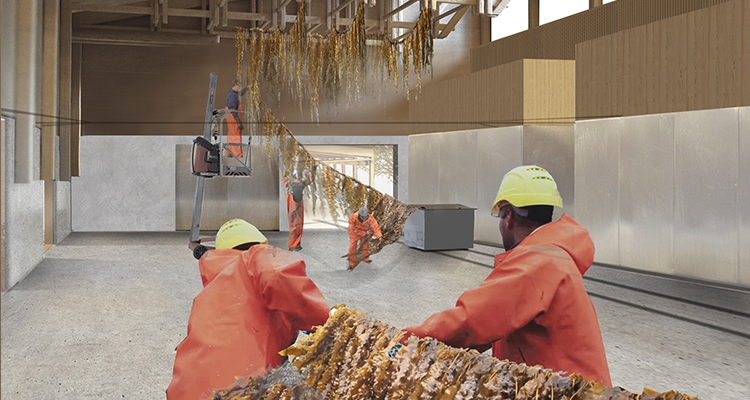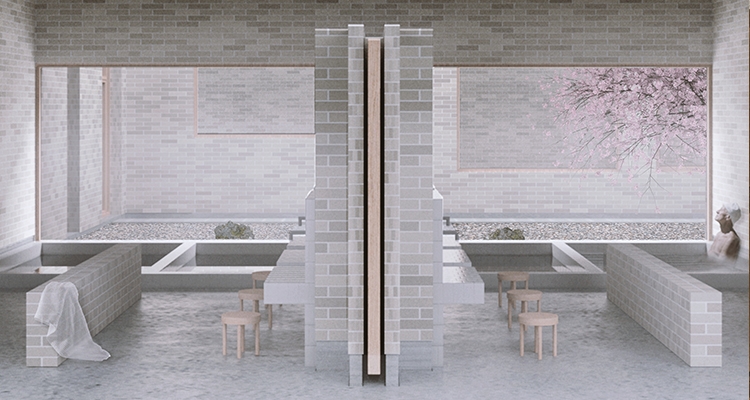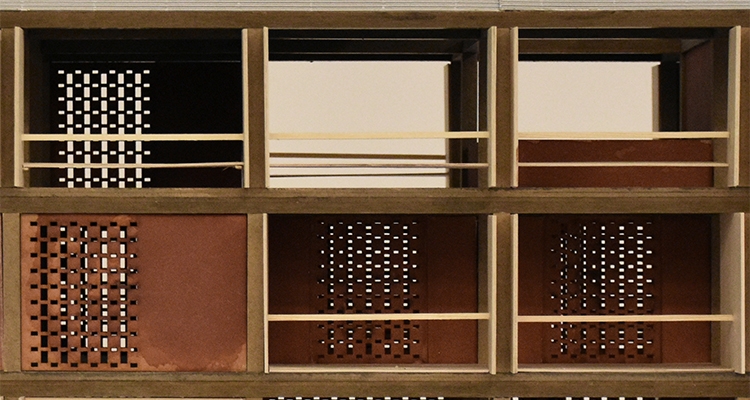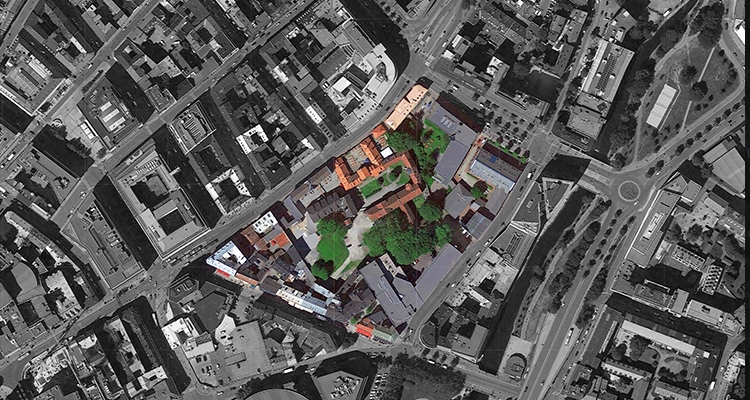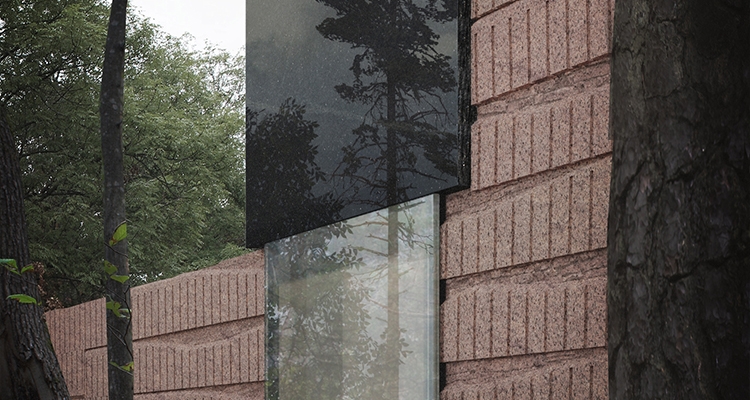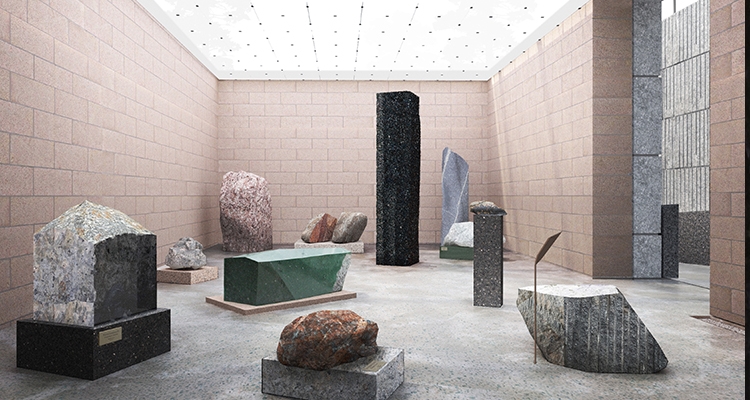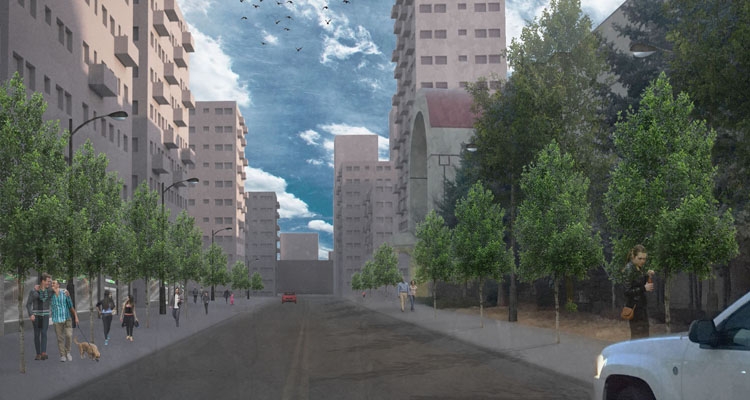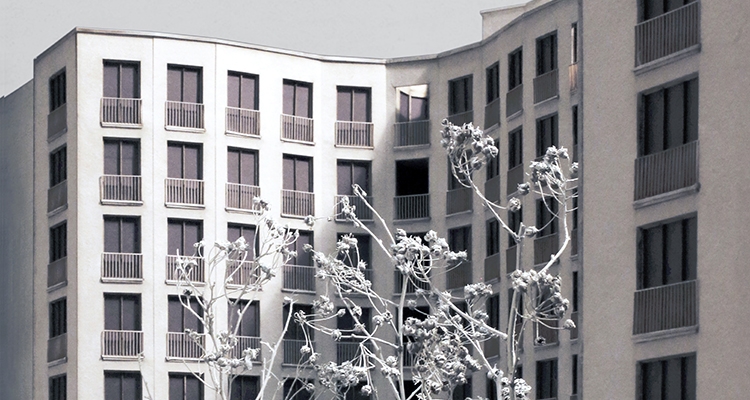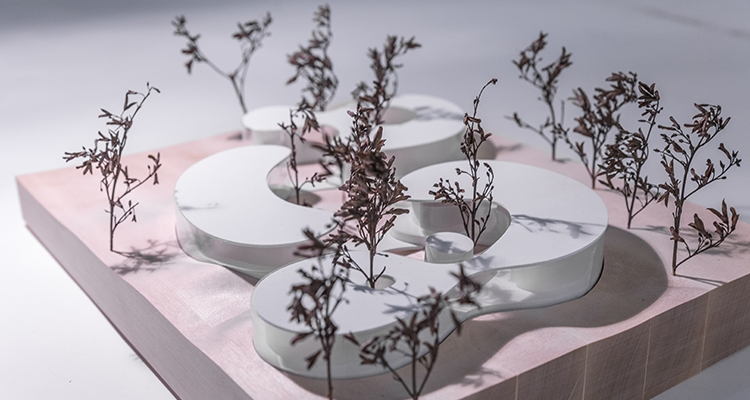Developing new architecture in an existing context provides both challenges and possibilities. It requires a thoughtful analysis of existing conditions which can be an inspiring starting point for developing new design.
The Architects’ House serves as offices for four architecture organisations, and includes common facilities such as library and lecture hall. During the last years the organisations have discussed the role and future of the Architects’ House. One suggestion has been to develop the House into a more open and visible place for architects and architecture.
The Architects’ House serves as offices for four architecture organisations, and includes common facilities such as library and lecture hall. During the last years the organisations have discussed the role and future of the Architects’ House. One suggestion has been to develop the House into a more open and visible place for architects and architecture.
